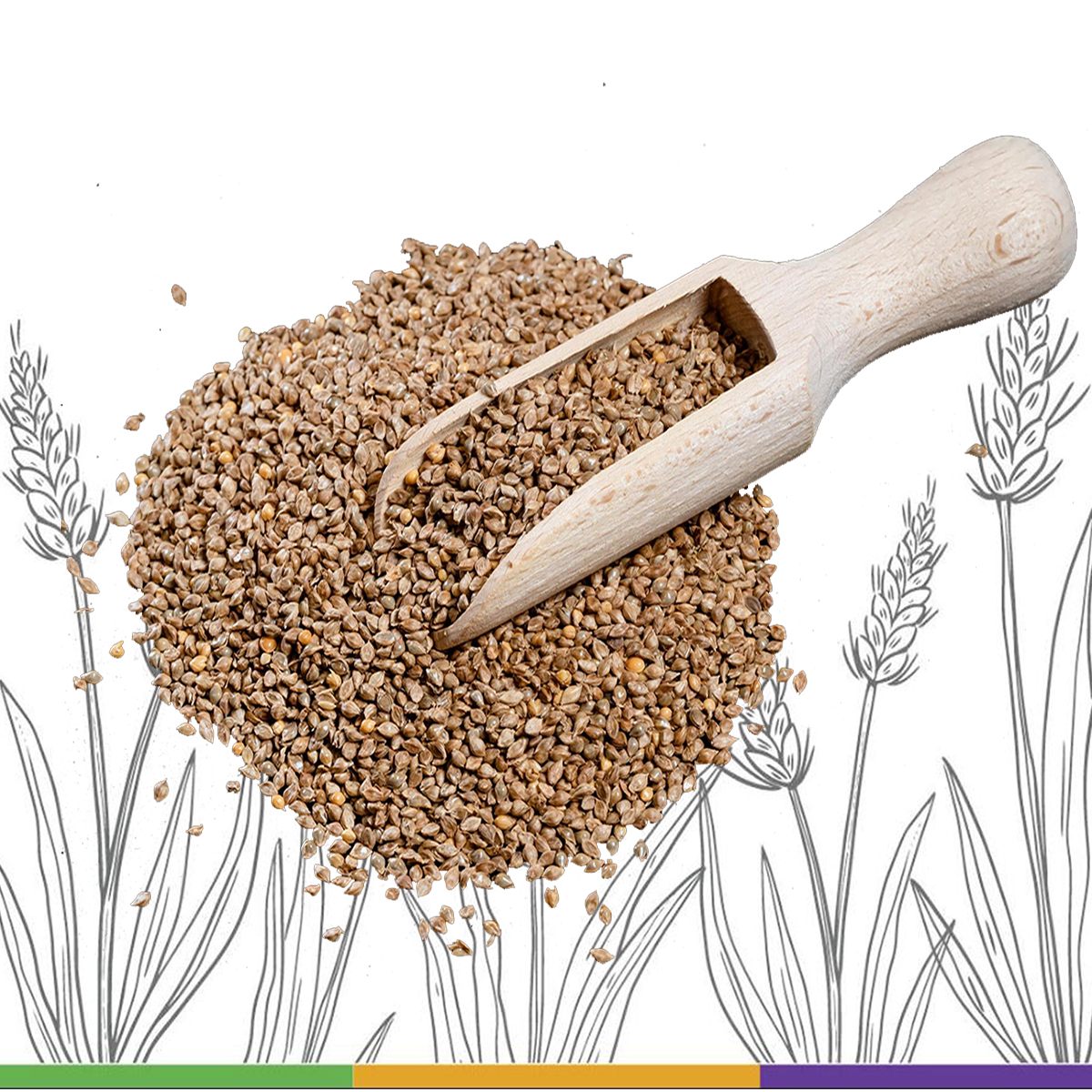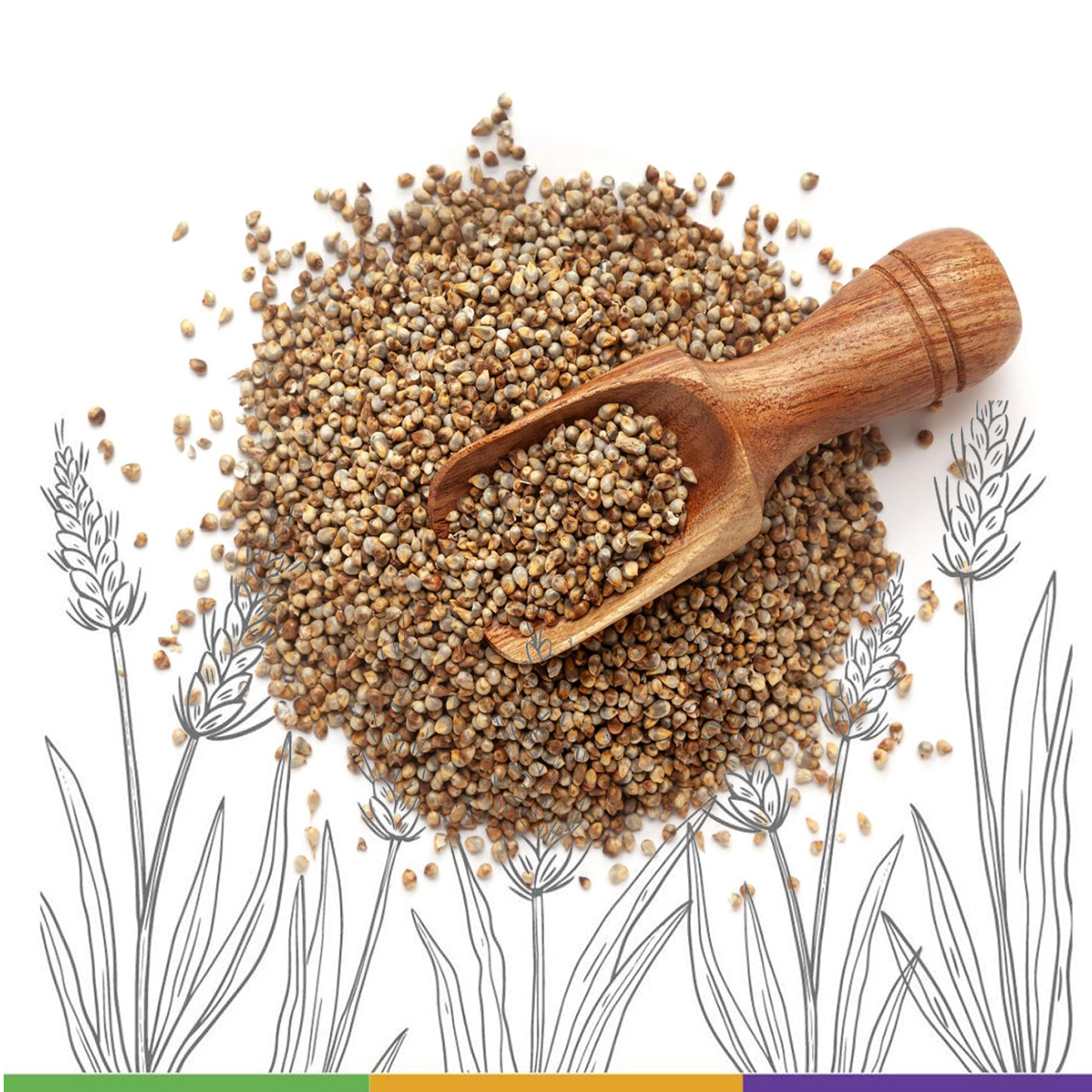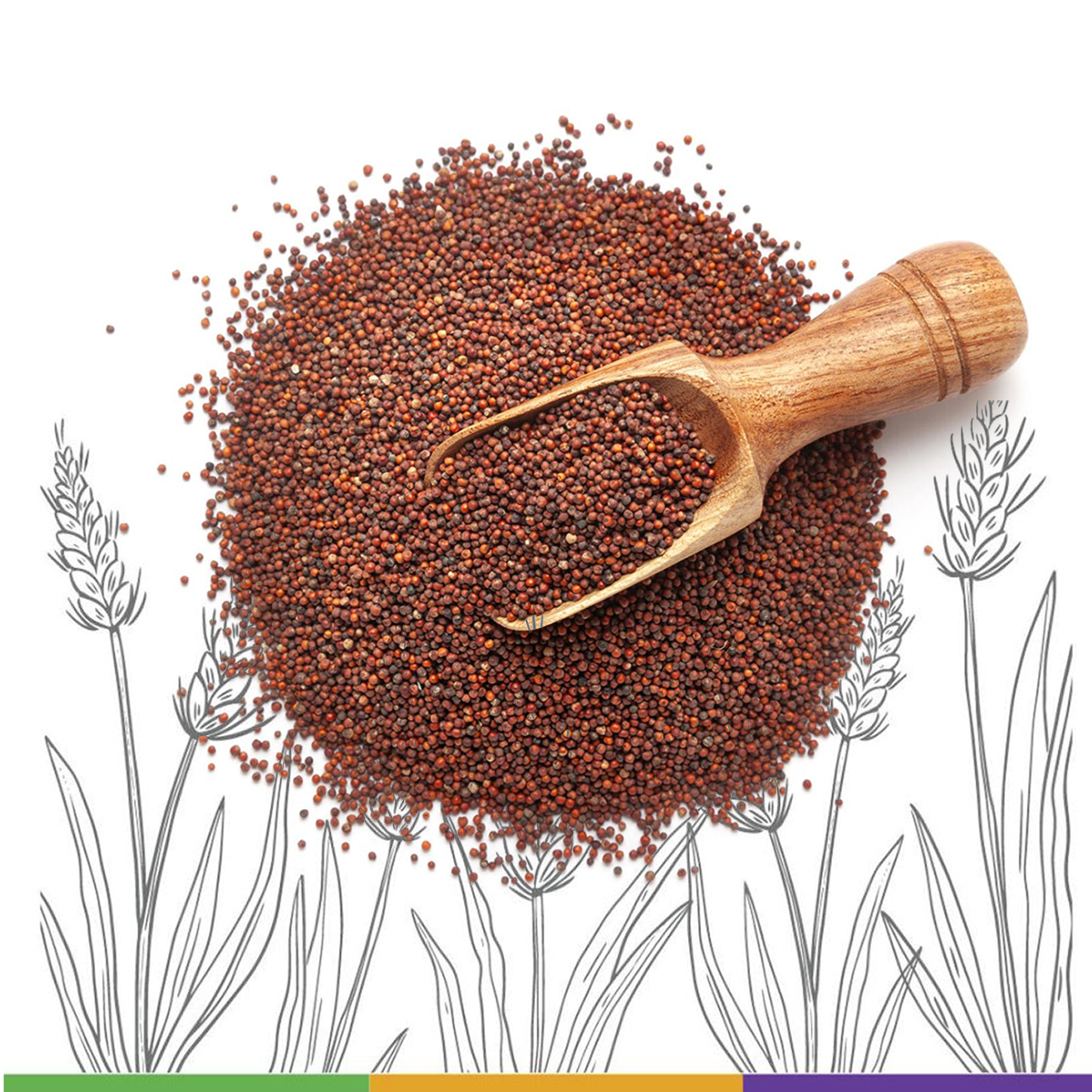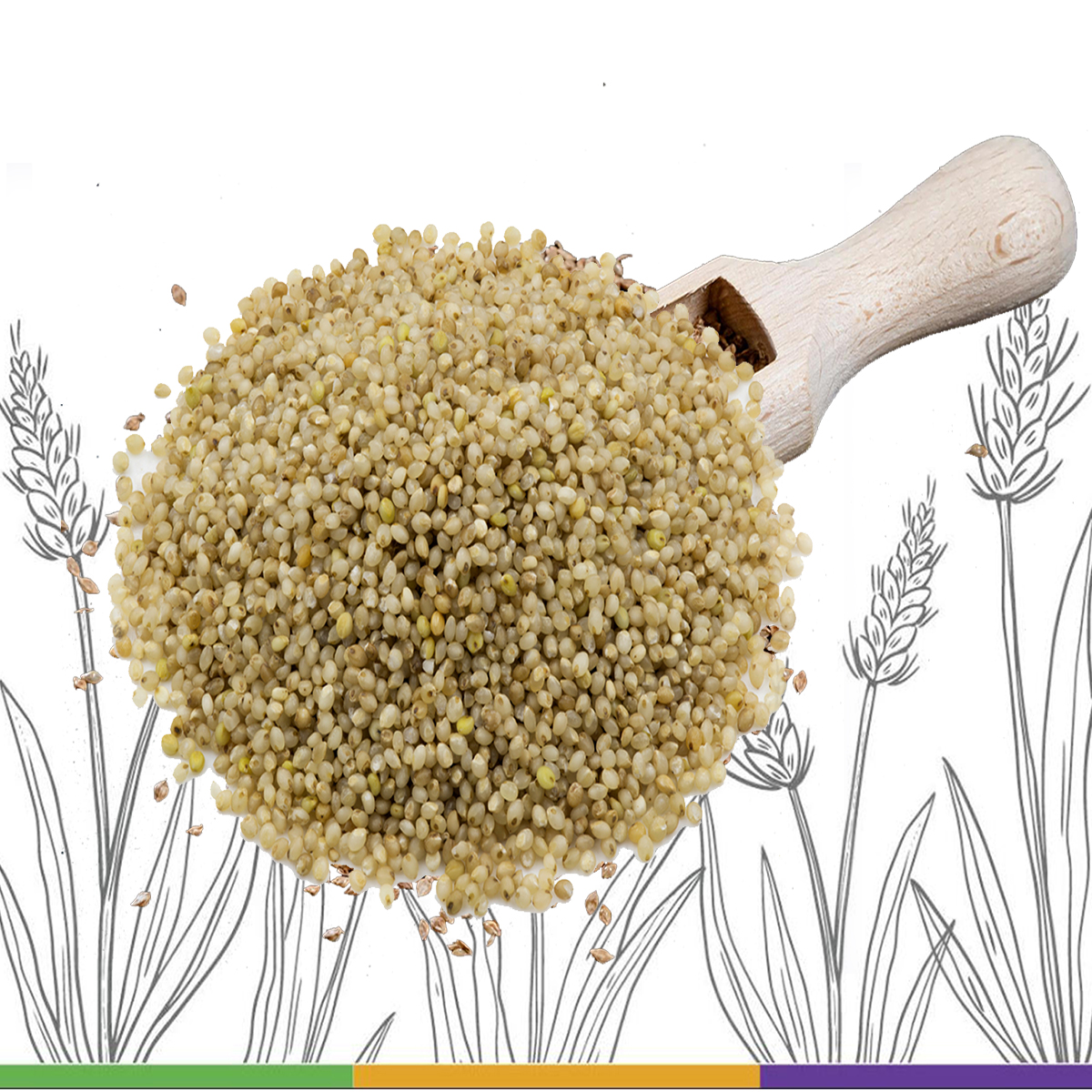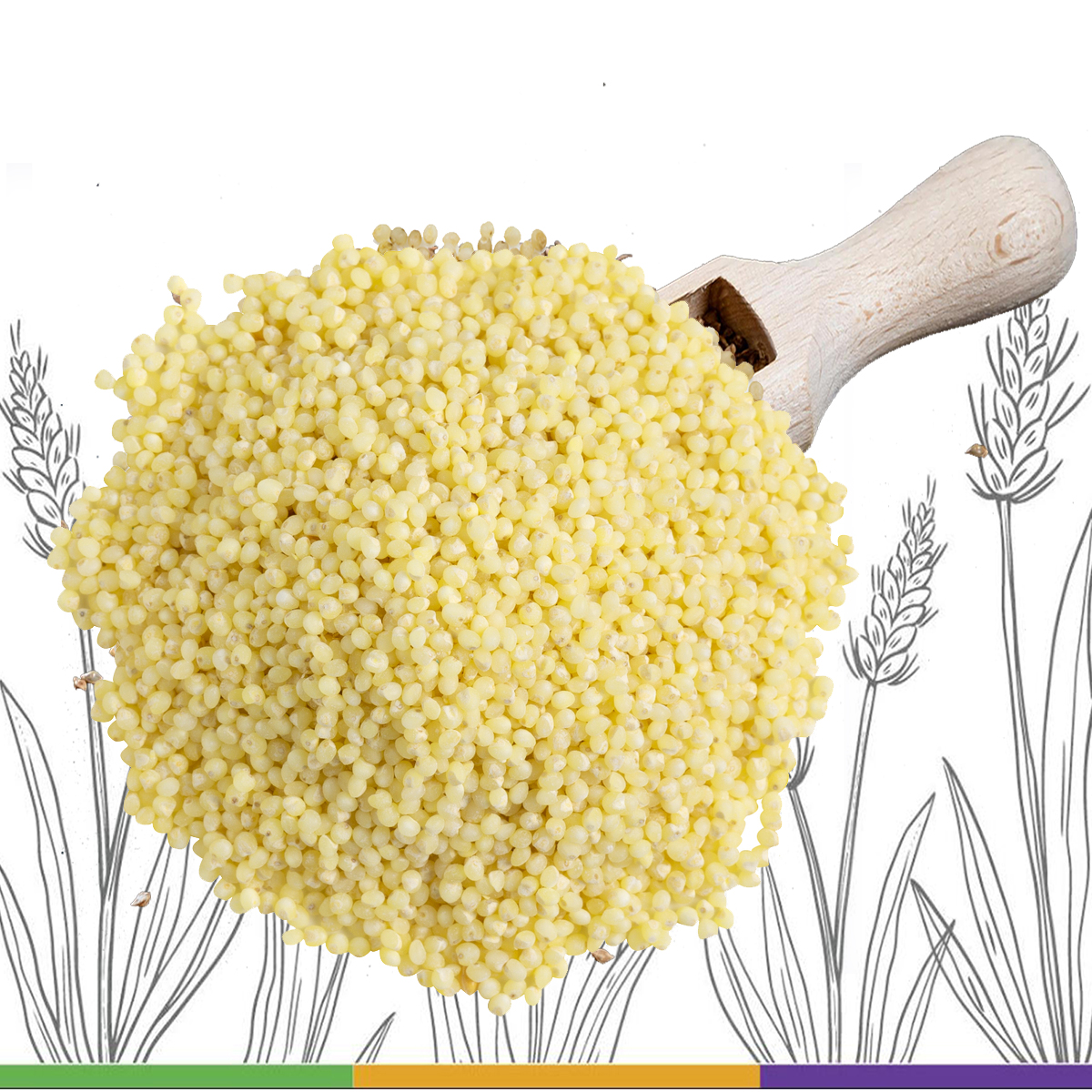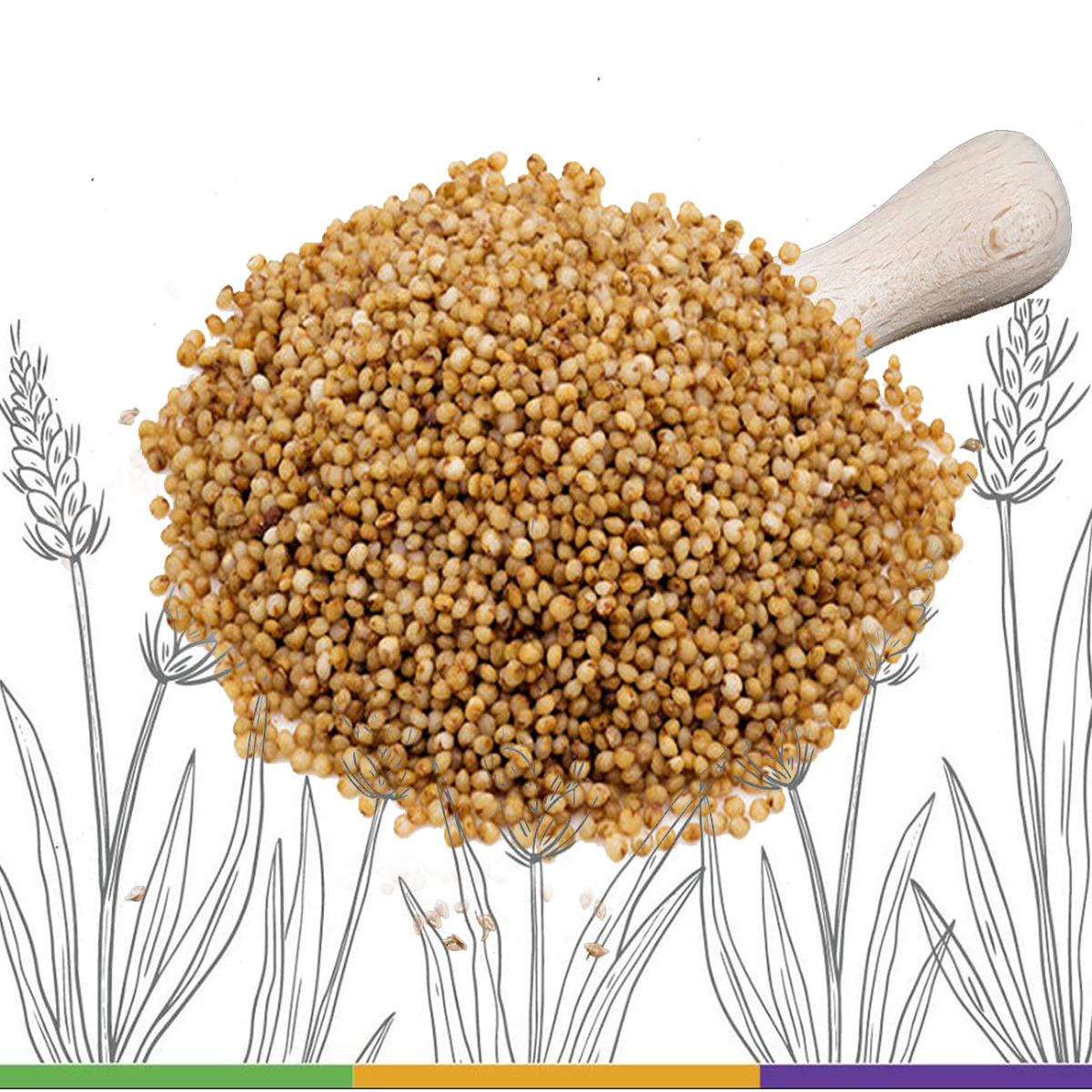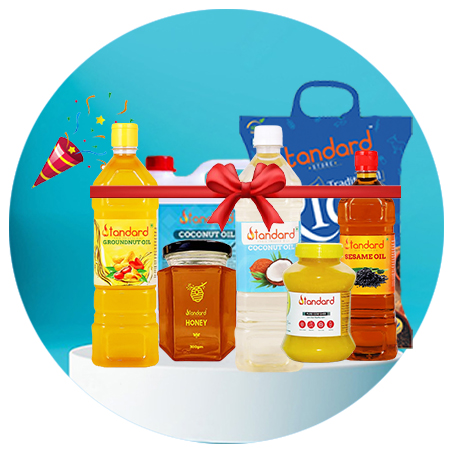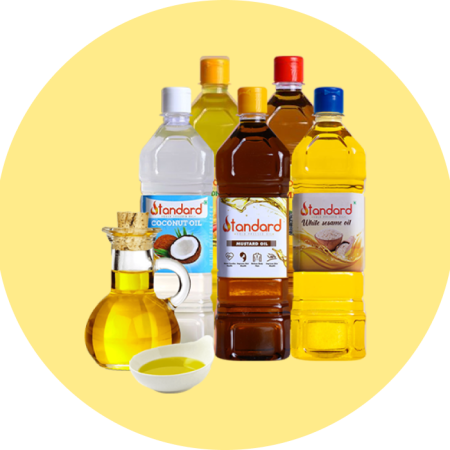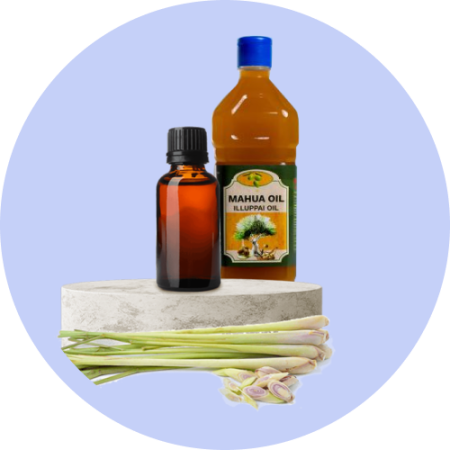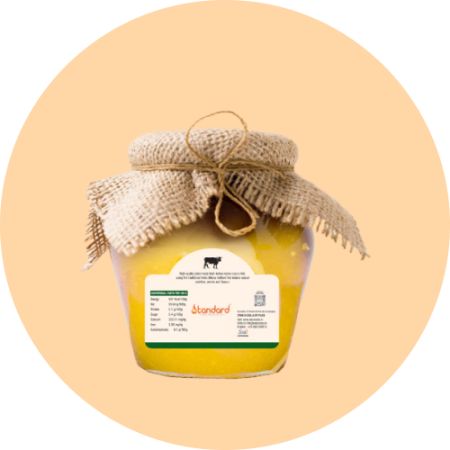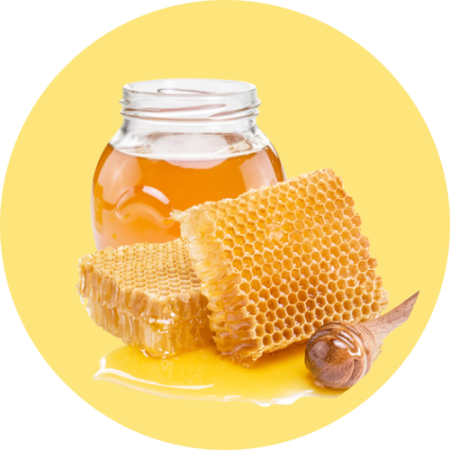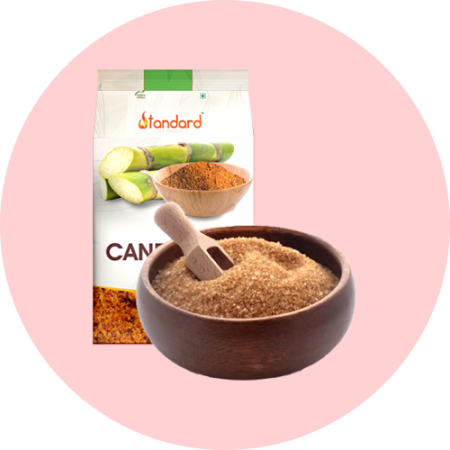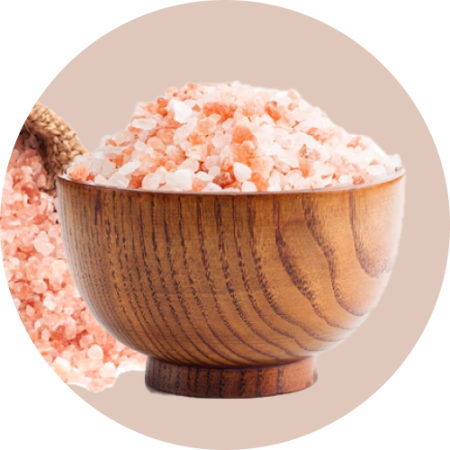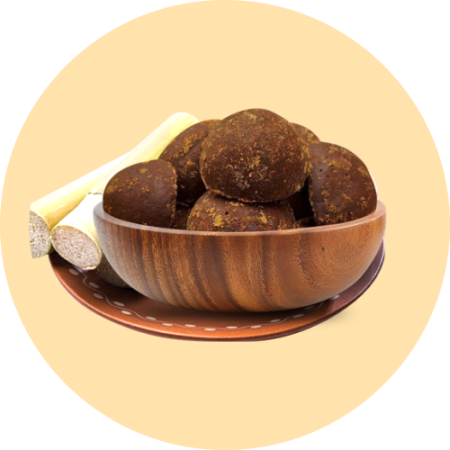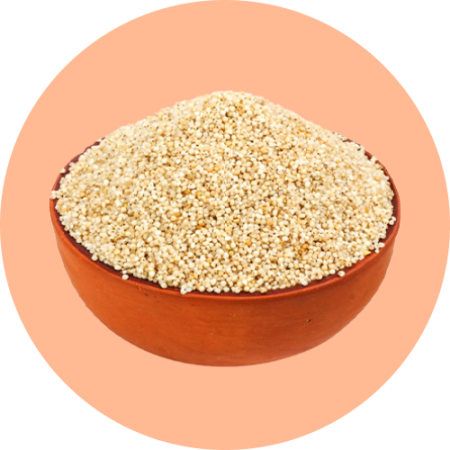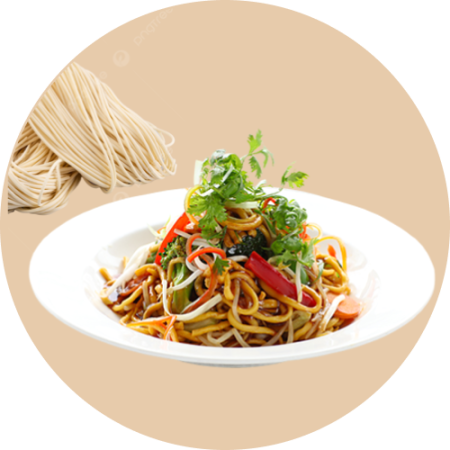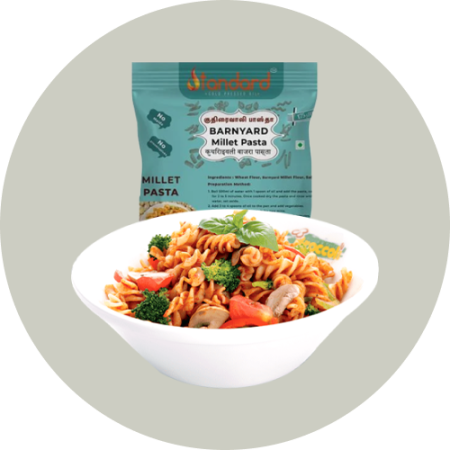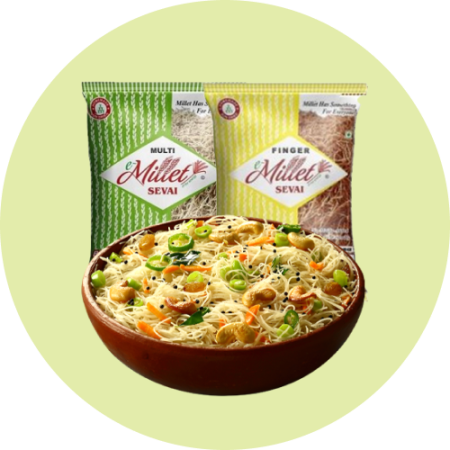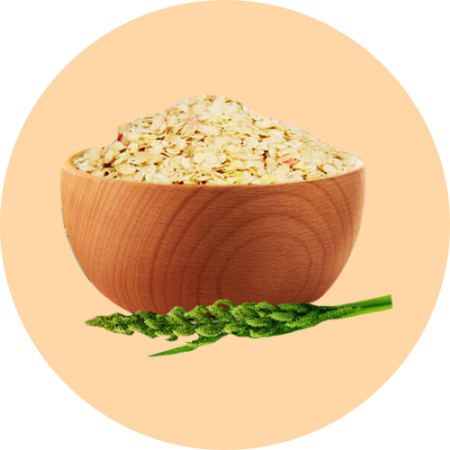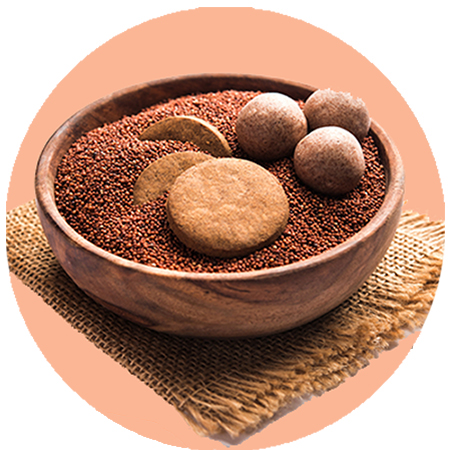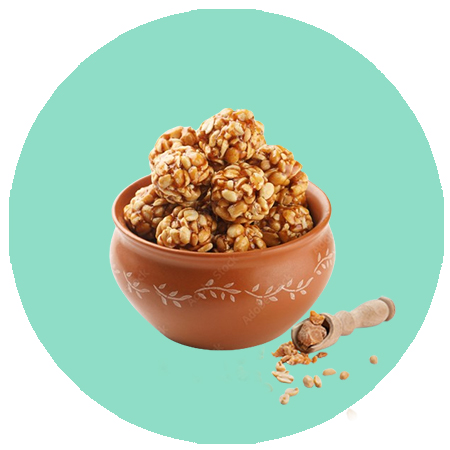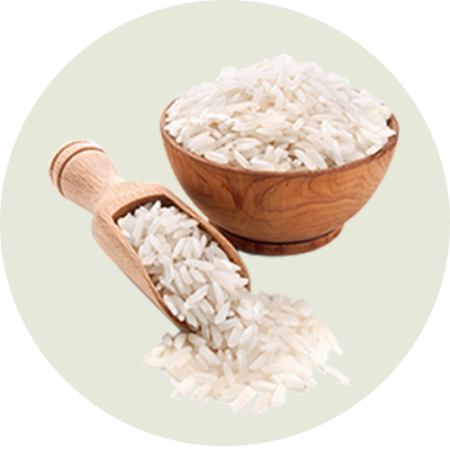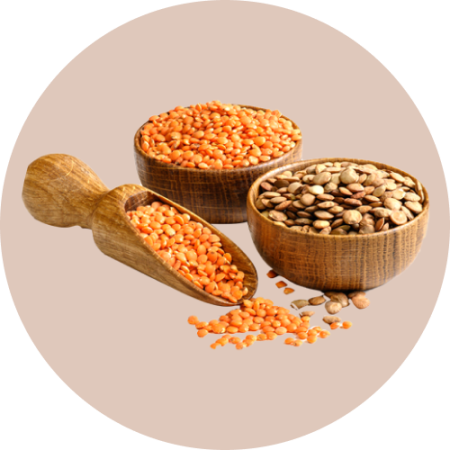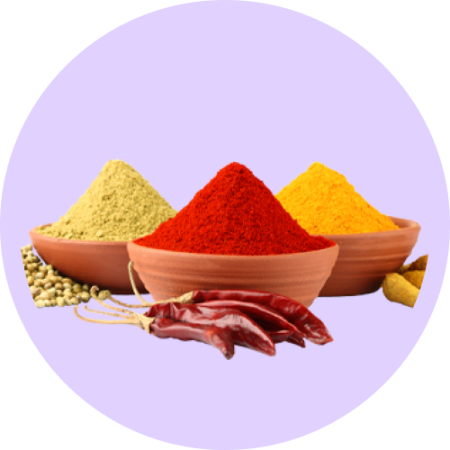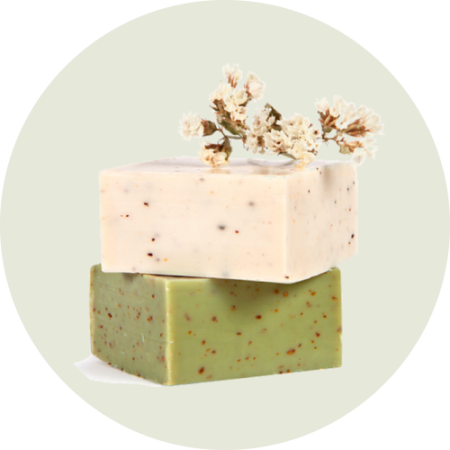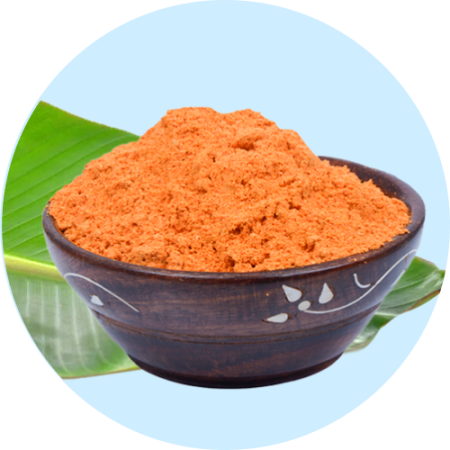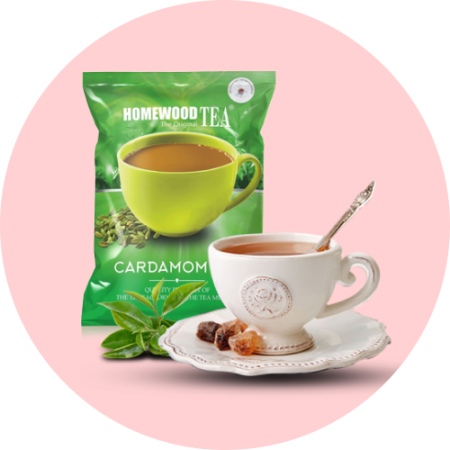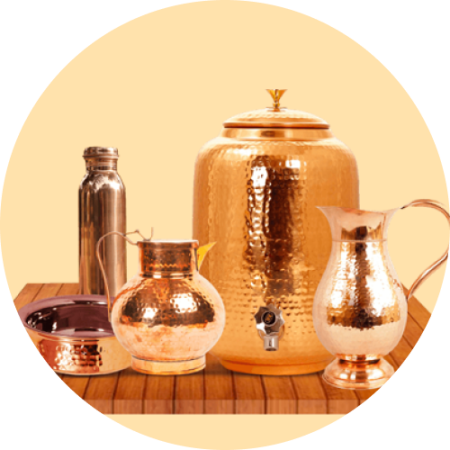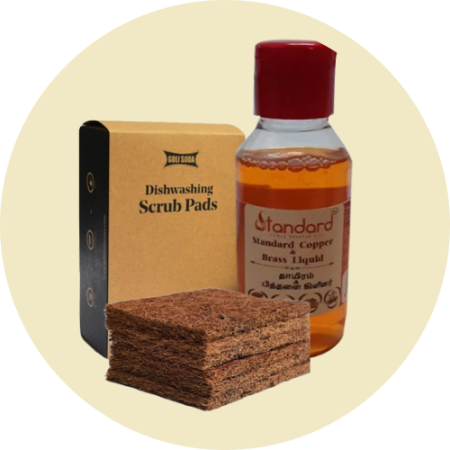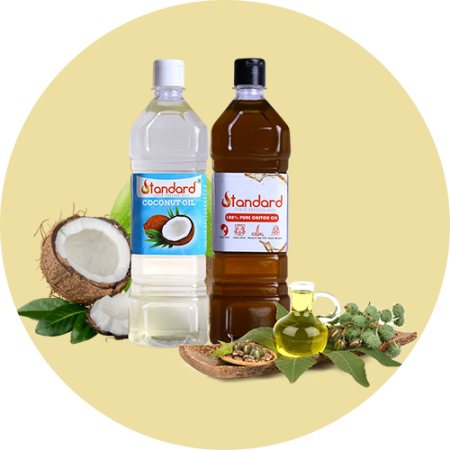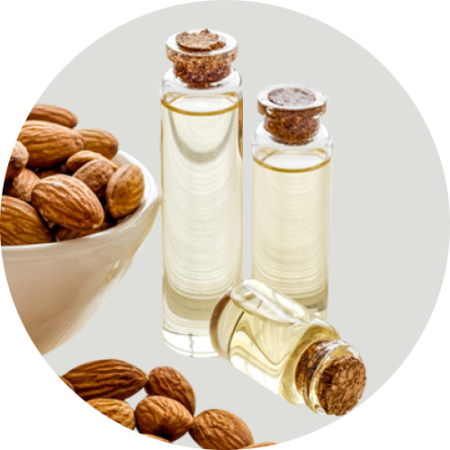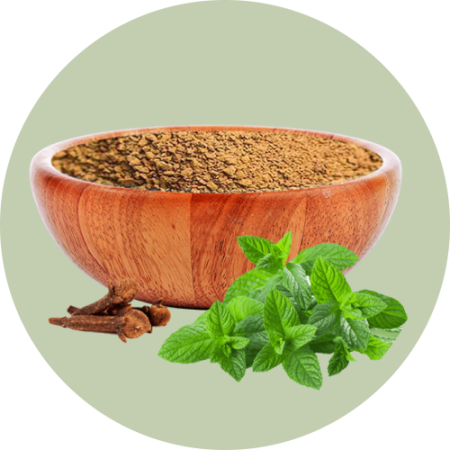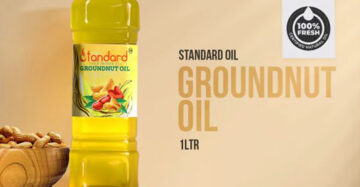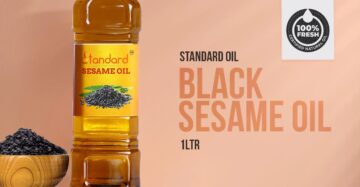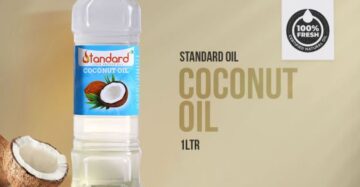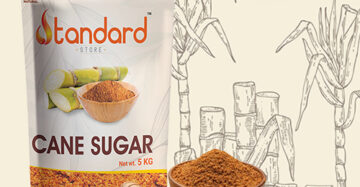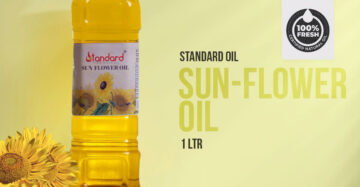Sirudhaniyam Names: Unlock the Power and Meaning Behind Tiny Grains
Choosing a Sirudhaniyam name for your child is not just about picking a moniker; it’s about embracing a legacy of wisdom, tradition, and a deep respect for nature’s bounty.
So, embark on a journey through the enchanting world of Sirudhaniyam names and discover the perfect one that embodies your hopes and dreams for your little one.
-
Kambu / Pearl Millet / Bajra / Sajje / Sajja / Kambam (Unpolished)
₹104 – ₹960This product has multiple variants. The options may be chosen on the product page -
Ragi / Finger Millet / Keppai / Kelvaragu (Unpolished)
₹64 – ₹560This product has multiple variants. The options may be chosen on the product page -
Samai / Little Millet / Kutki / Saame / Sava Rice / Samalu / Chama (Unpolished)
₹76 – ₹680This product has multiple variants. The options may be chosen on the product page -
Foxtail Millet / Thinai / Kangni / Kakum / Navane / Korra / Thina (Unpolished)
₹76 – ₹680This product has multiple variants. The options may be chosen on the product page -
Varagu / Kodo Millet / Kodra / Harka / Arikelu / Koovaragu (Unpolished)
₹76 – ₹680This product has multiple variants. The options may be chosen on the product page




